#NASA Goddard
Text
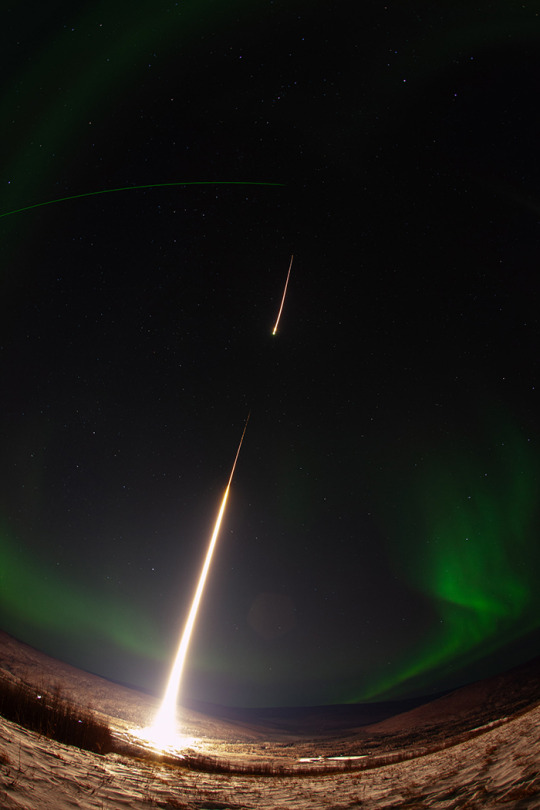
NASA's sounding rocket launches into Alaskan Aurora l Nov. 2023
#nasa#space#rocket launch#astrophotography#astronomy#universe#aurora#northern lights#aurora borealis#alaska#night#sky#stars#solar system#nasa goddard
842 notes
·
View notes
Text

Cat's Eye Nebula
(Image credit: NASA Goddard)
30 notes
·
View notes
Text
VP Harris, South Korea President Visit NASA Goddard
VP Harris & South Korea President Yoon visited NASA Goddard to observe climate change missions, TEMPO & GEMS, and the Nancy Grace Roman Space Telescope. #NASA #climatechange #spaceexploration #TEMPO #GEMS #NancyGraceRomanSpaceTelescope

View On WordPress
#climate change#dark energy#dark matter.#GEMS mission#infrared astrophysics#joint statement of intent#NASA Goddard#South Korea President#space exploration#TEMPO mission#VP Harris
2 notes
·
View notes
Text
TIMELAPSE DU FUTUR : Un Voyage vers la Fin des Temps
Une vidéo réalisé par Melodysheep, qui nous montre sur une échelle de temps exponentielle ce qu’il pourrait advenir de notre monde et de tout les mondes connus et hypothétiques.
Tendrement, Bobonnes.
youtube
View On WordPress
#2012#BlogdeBobonnes#BMW X1#bobonnes#Comment fonctionne l&039;univers#dessin de bobonnes#Geostorm#Google#Impact profond#mélodiemouton#melodysheep#Merveilles de l&039;univers#Moon raker vfx reel#NASA Goddard#Noé#SpaceX#Stephen Hawking#Voyage au bord de l&039;univers#Youtube
0 notes
Text
Hey there, pumpkins🎃
Astronomers found a new class of stars, known as pumpkin stars. Thought to be merged binary stars, they rotate so quickly they're flattened into a pumpkin shape!
0 notes
Video
youtube
133 Days on the Sun
0 notes
Text


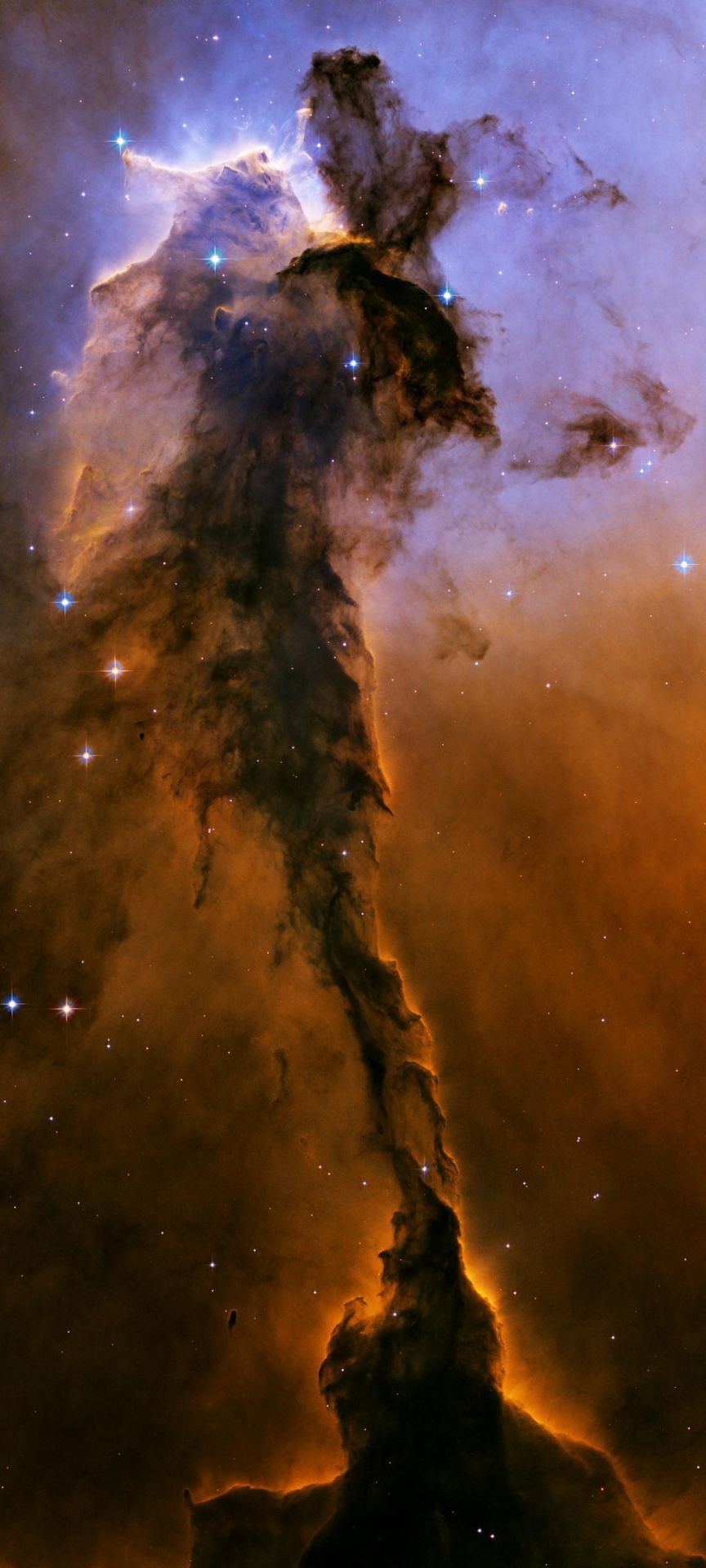
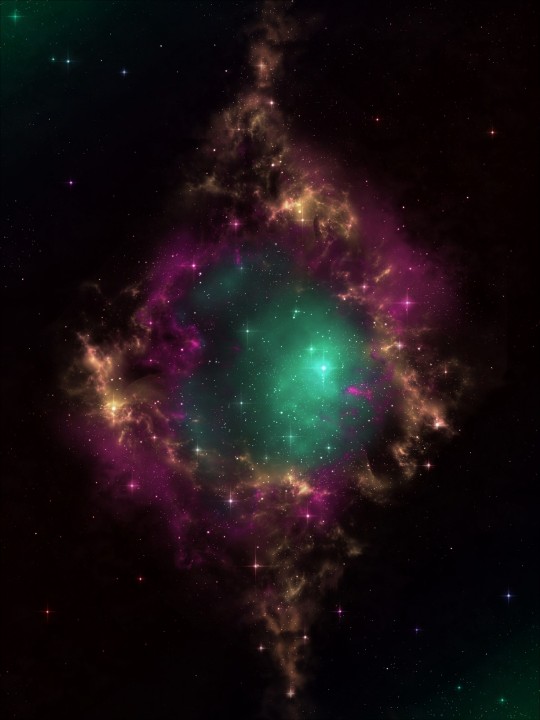
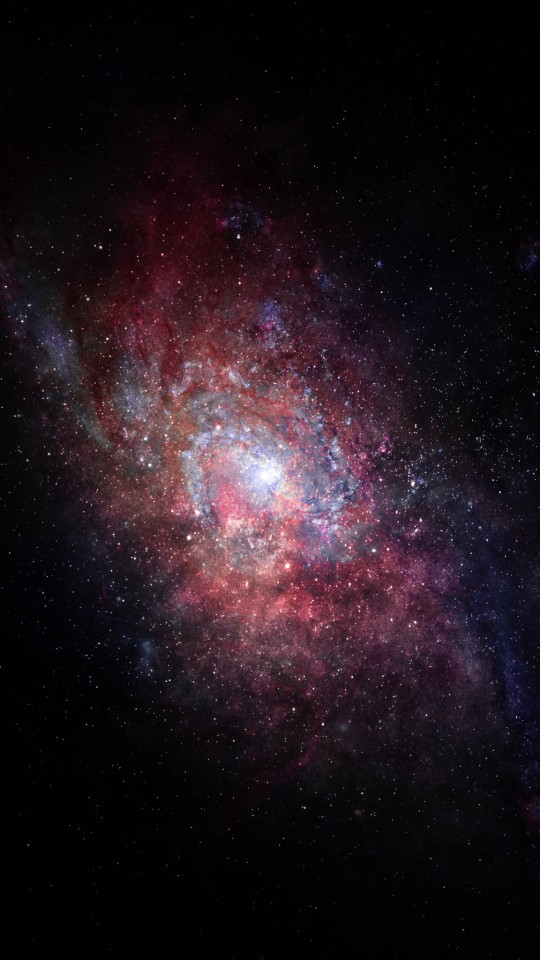
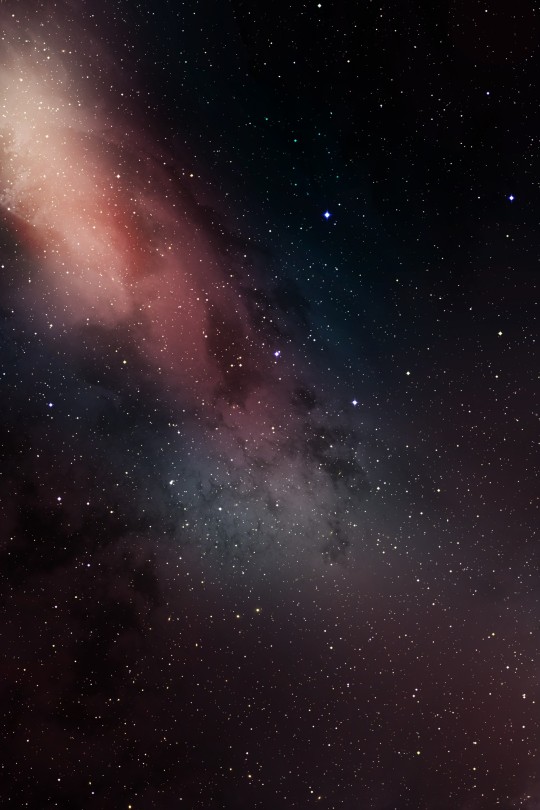
What a beautiful universe we have!
#astrography#astronomers#astrophysics#astrophotography#astrology#astronomy#astro observations#astro notes#nasa#nasa picture of the day#nasa photos#nasawebb#goddard space flight center#space station#space science#space exploration#outer space#space#hubble space telescope#james webb space technology#james webb space telescope#space photography#our universe#universe#united states#james webb images#james webb photos#telescope#james webb telescope#i love space
2K notes
·
View notes
Text
Happy Fourth of July!
Happy Fourth of July!
Having a little fun Photoshop compositing three images chosen from the NASA Goddard “Photo of the Day” library.
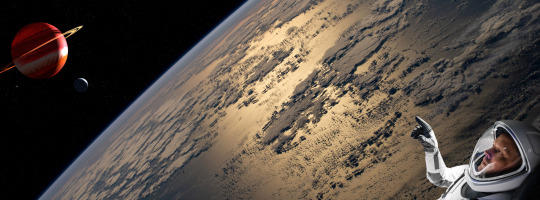
View On WordPress
0 notes
Text
समुद्र के नीचे फट गया ज्वालामुखी, इसे Nasa ने ‘शार्ककैनो’ क्यों कहा? जानें सबकुछ
समुद्र के नीचे फट गया ज्वालामुखी, इसे Nasa ने ‘शार्ककैनो’ क्यों कहा? जानें सबकुछ
The American space agency NASA not only makes us aware of the mysteries of space, but also witnesses the events happening on Earth. Through videos and images, we are able to see the world from a new perspective. In this sequence, NASA’s Goddard Space Flight Center has tweeted a picture of an underwater volcanic eruption in the Pacific Ocean. The matter does not end here. The US space agency has…
View On WordPress
0 notes
Photo

Carina Nebula Detail by NASA Goddard Photo and Video https://flic.kr/p/7GGgdx
212 notes
·
View notes
Video
Hubble Uncovers a Celestial Fossil by NASA's Marshall Space Flight Center
Via Flickr:
This densely populated group of stars is the globular cluster NGC 1841, which is part of the Large Magellanic Cloud (LMC), a satellite galaxy of our Milky Way galaxy that lies about 162,000 light-years away. Satellite galaxies are bound by gravity in orbits around a more massive host galaxy. We typically think of the Andromeda Galaxy as our galaxy’s nearest galactic companion, but it is more accurate to say that Andromeda is the nearest galaxy that is not in orbit around the Milky Way galaxy. In fact, dozens of satellite galaxies orbit our galaxy and they are far closer than Andromeda. The largest and brightest of these is the LMC, which is easily visible to the unaided eye from the southern hemisphere under dark sky conditions away from light pollution. The LMC is home to many globular clusters. These celestial bodies fall somewhere between open clusters – which are much less dense and tightly bound – and small, compact galaxies. Increasingly sophisticated observations reveal the stellar populations and characteristics of globular clusters are varied and complex, and we have yet to fully understand how these tightly packed groups of stars form. However, there are certain consistencies across all globular clusters: they are very stable and hold their shape for a long time, which means they are generally very old and contain large numbers of very old stars. Globular clusters are akin to celestial ‘fossils.’ Just as fossils provide insight into the early development of life on Earth, globular clusters such as NGC 1841 can provide insights into very early star formation in galaxies. Credit: ESA/Hubble & NASA, A. Sarajedini #NASA #NASAGoddard #NASAMarshall #NASAGoddard #HubbleSpaceTelescope #HST #ESA #globularcluster Read more Read more about NASA’s Hubble Space Telescope NASA Media Usage Guidelines
#NASA#Goddard Space Flight Center#GSFC#Solar System & Beyond#ESA#European Space Agency#universe#space#astronomy#Marshall Space Flight Center#MSFC#Hubble Space Telescope#HST#Hubble#globular cluster#NGC 1841#star cluster#globular star cluster#stars#Watch
20 notes
·
View notes
Link
NASA is awarding $11.7 million to eight Historically Black Colleges and Universities (HBCUs) through the new Data Science Equity, Access, and Priority in Research and Education (DEAP) opportunity. These awards will enable HBCU students and faculty to conduct innovative data science research that contributes to NASA’s missions.
“We’re pleased to make progress through awards like this to intentionally build the STEM pipeline of the future, especially in communities of color,” said NASA Deputy Administrator Pam Melroy. “It’s fitting during Black History Month that we make this tangible step to build on the talent pool at HBCUs in our ongoing work to bring to the table all the talents and perspectives we’ll need to send humans to the Moon, Mars and beyond, and do amazing science throughout the solar system.”
Continue Reading
94 notes
·
View notes
Text
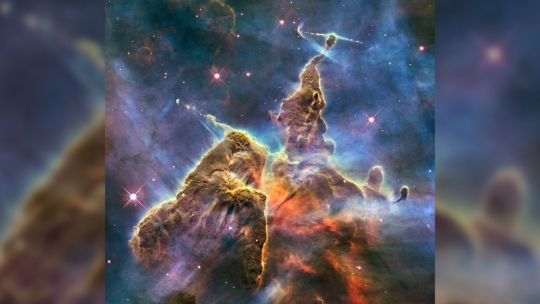
Carina Nebula
(Image credit: NASA Goddard)
21 notes
·
View notes
Video
The GISTEMP climate spiral 1880-2021 in Celsius.
From NASA:
“The visualization presents monthly global temperature anomalies between the years 1880-2021. These temperatures are based on the GISS Surface Temperature Analysis (GISTEMP v4), an estimate of global surface temperature change. Anomalies are defined relative to a base period of 1951-1980. The data file used to create this visualization can be accessed here.
The Goddard Institute of Space Studies (GISS) is a NASA laboratory managed by the Earth Sciences Division of the agency’s Goddard Space Flight Center in Greenbelt, Maryland. The laboratory is affiliated with Columbia University’s Earth Institute and School of Engineering and Applied Science in New York
The ‘climate spiral’ is a visualization designed by climate scientist Ed Hawkins from the National Centre for Atmospheric Science, University of Reading. Climate spiral visualizations have been widely distributed, a version was even part of the opening ceremony of the Rio de Janeiro Olympics.”
Ed Hawkins, a professor of climate science at the University of Reading (and the Academic Lead for Public Engagement), has tried to find methods to make climate change data more accessible to the public so that the information might be more easily understood.
For an explanation of what the GISTEMP climate spiral is doing (should you need one), here’s an overview from Science Alert:
“With each month of each year that rolls by on this circular calendar, a revolving line of global temperature surface data is logged.
As the years begin to stack up, the line of data creates a sort of slinky-like shape. Come mid-nineteenth century, however, the line starts to spread outwards, creating more of a tornado.
By the turn of the century, the belt is pushing outwards with alarming velocity. Between 2016 and 2021, it crosses the yellow boundary that represents one degree of warming several times.
In July of 2021, the Northern Hemisphere experienced the world's hottest month ever recorded. You can see it at roughly six o'clock on the climate spiral.
The recording is unprecedented for now, but it will no doubt have company soon enough. The last nine years are all among the hottest 10 on record. Not even a global pandemic seems to slow our trajectory down.”
209 notes
·
View notes
Text
By: Passant Rabie
Published: April 11, 2023
When Dr. Makenzie Lystrup was sworn in as the new director of NASA’s Goddard Space Flight Center last week, she didn’t take her oath of office on the Bible or the U.S. Constitution, but rather on a tome revered by space enthusiasts everywhere: Carl Sagan’s Pale Blue Dot.
The book, published in 1994, is named after an iconic image of Earth, snapped by the Voyager I probe, that depicts the planet as a small speck smothered by the emptiness of space. That photo inspired astronomer Carl Sagan to write: “Look again at that dot. That’s here. That’s home. That’s us.” For many, the book serves as a reminder of humanity’s place in the universe and the need to preserve our home planet, which makes it similar to holy scripture for a newly appointed NASA director.
On Thursday, when Lystrup chose to place her left hand on a copy of Sagan’s book while being sworn in by NASA Administrator Bill Nelson, a photographer captured the moment, and NASA Goddard’s social media shared the image.
The constitution does not require that government officials be sworn in using a particular text, just that they “shall be bound by Oath or Affirmation, to support this Constitution.” Most U.S. politicians and officials end up using the Bible.
But over the years, many officeholders have improvised while taking their oath. In 2018, Mariah Parker was sworn in as a member of the Athens-Clarke County commissioners with her hand placed on a copy of “The Autobiography of Malcom X.” When former U.S. ambassador to Switzerland Suzi LeVine took her oath in 2014, she put a hand on her Kindle. Keith Ellison, the first Muslim to be elected to Congress, took his oath in 2007 using the Quran.
Sagan is a revered figure in the space sciences community for his pioneering contributions to space exploration. “Like many astronomers and space scientists, my passion started with watching Carl Sagan’s ‘Cosmos’ on public television as a child,” Lystrup, who is a planetary scientist like Sagan, said in an emailed statement. “Sagan worked very hard to make science accessible and meaningful to everyone, and ‘Pale Blue Dot’ emphasizes the importance of exploring our universe and understanding our home planet.”
“Given its personal significance to me and how its message resonates with the work we do at NASA Goddard on behalf of the world, it felt apropos to include it in the ceremony,” she added.
Lystrup will be the first female center director of the Goddard Space Flight Center, which includes a primary campus in Greenbelt, Maryland, as well as Wallops Flight Facility in Virginia, the Katherine Johnson Independent Verification & Validation Facility in West Virginia, the Goddard Institute for Space Studies in New York, the White Sands Complex in New Mexico, and the Columbia Scientific Balloon Facility in Texas.
Goddard is home to the nation’s largest concentration of scientists, engineers and technologists dedicated to Earth and space science, according to NASA.

#Makenzie Lystrup#Carl Sagan#Pale Blue Dot#science#NASA#Goddard Space Flight Center#oath#affirmation#bible#space science#decline of religion#representation fallacy#representation matters#religion is a mental illness
14 notes
·
View notes
Text
NASA Announces Summer 2023 Hottest on Record
"Summer of 2023 was Earth’s hottest since global records began in 1880, according to scientists at NASA’s Goddard Institute of Space Studies (GISS) in New York." - NASA
0 notes
